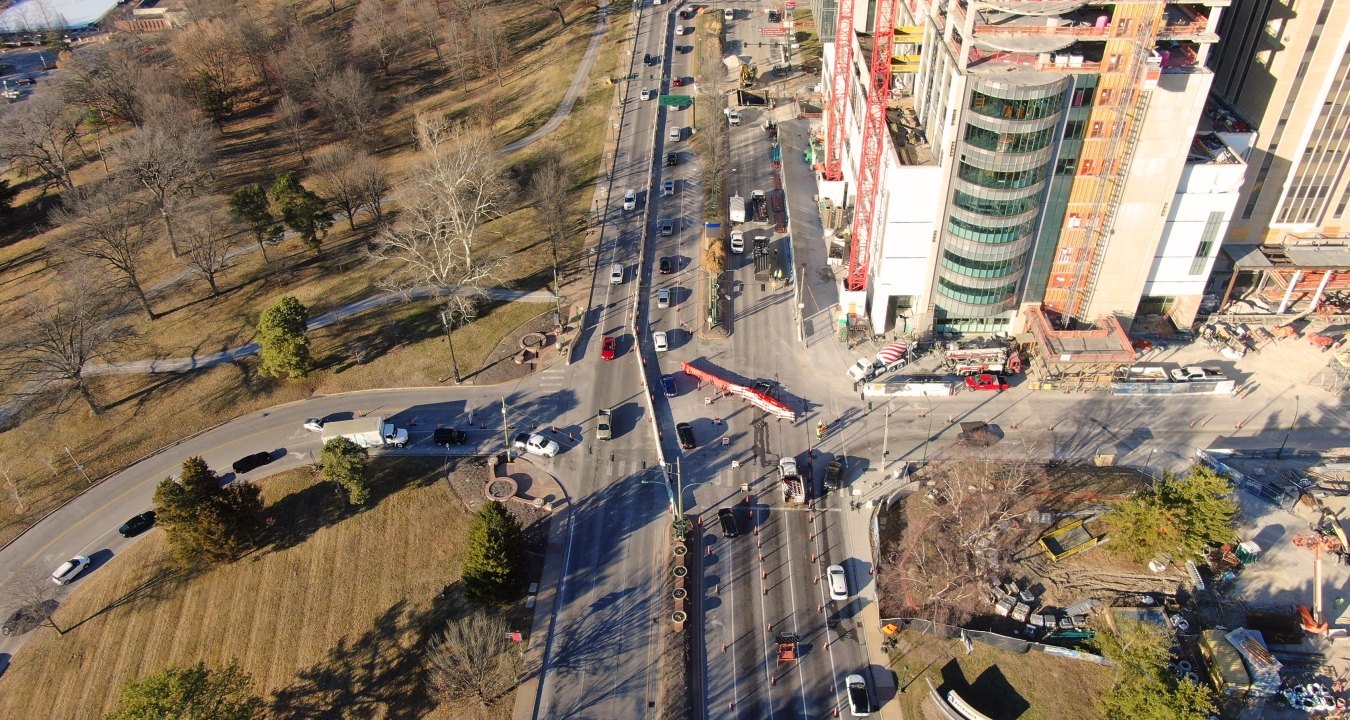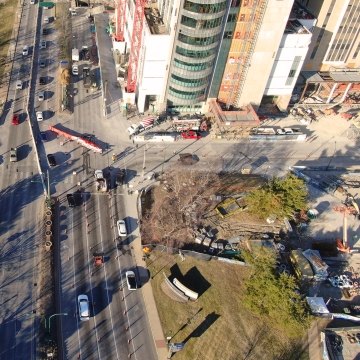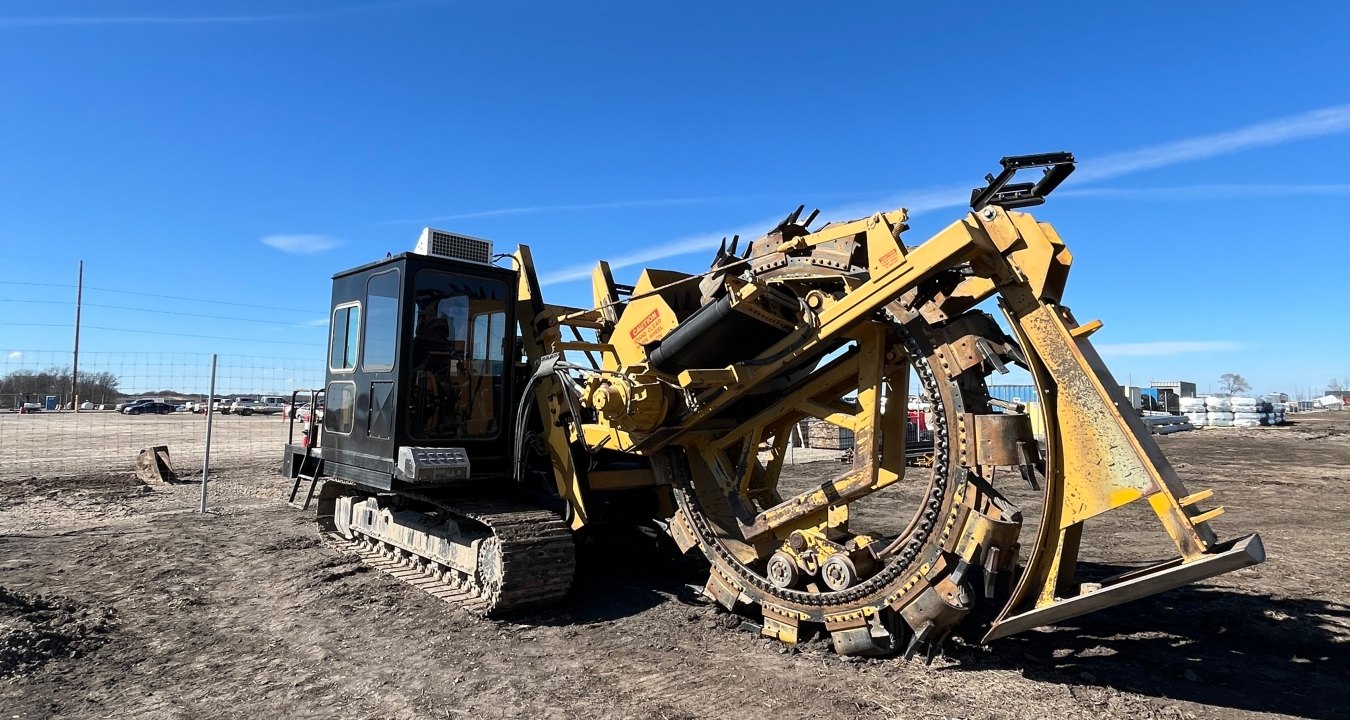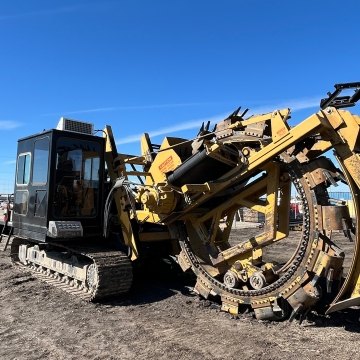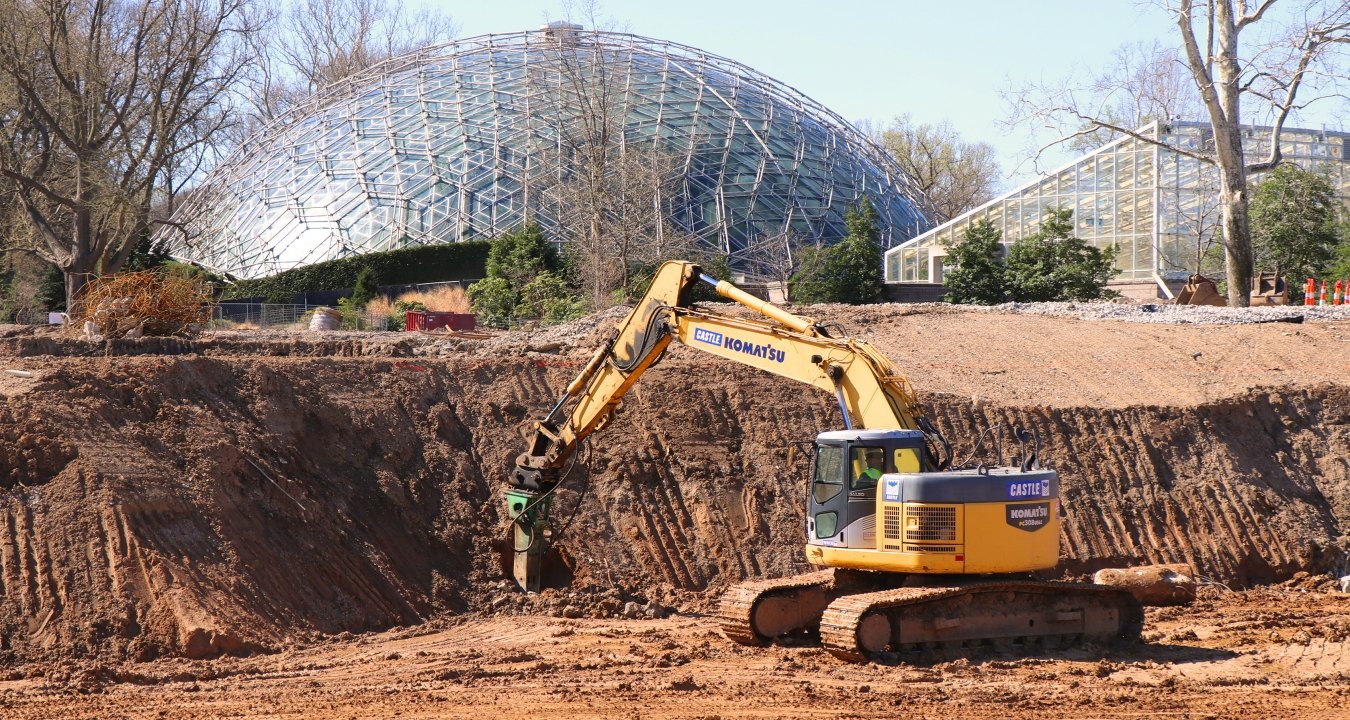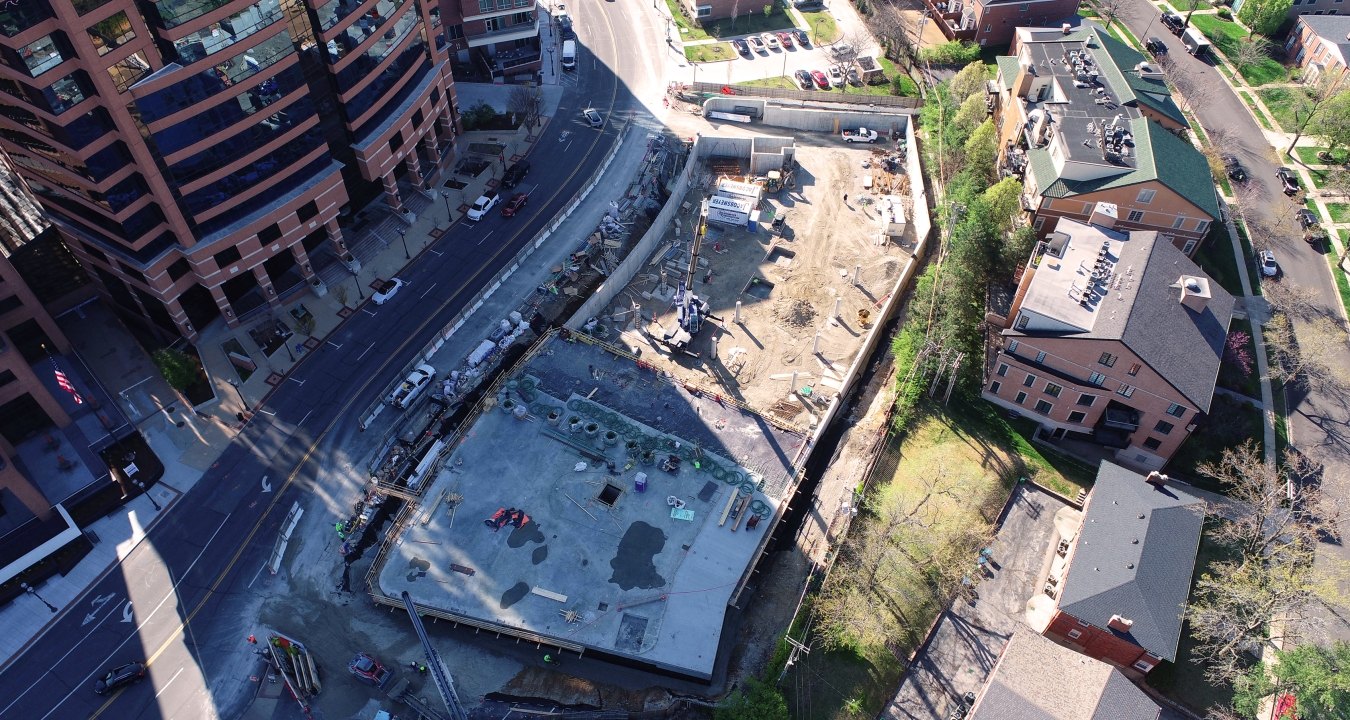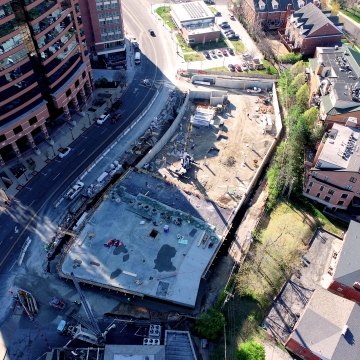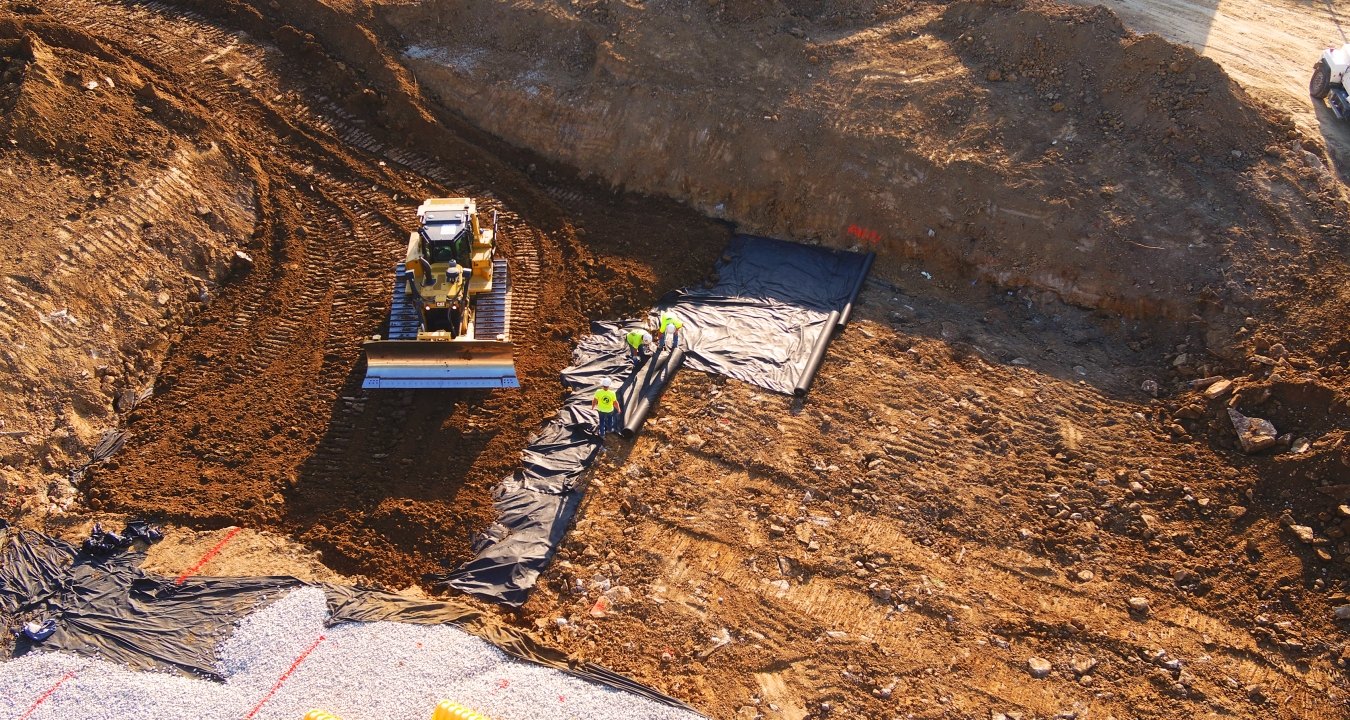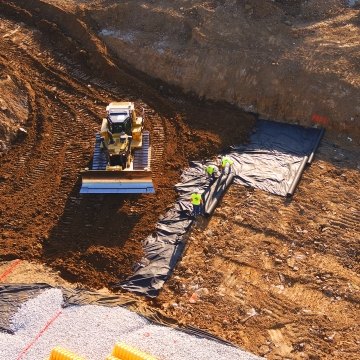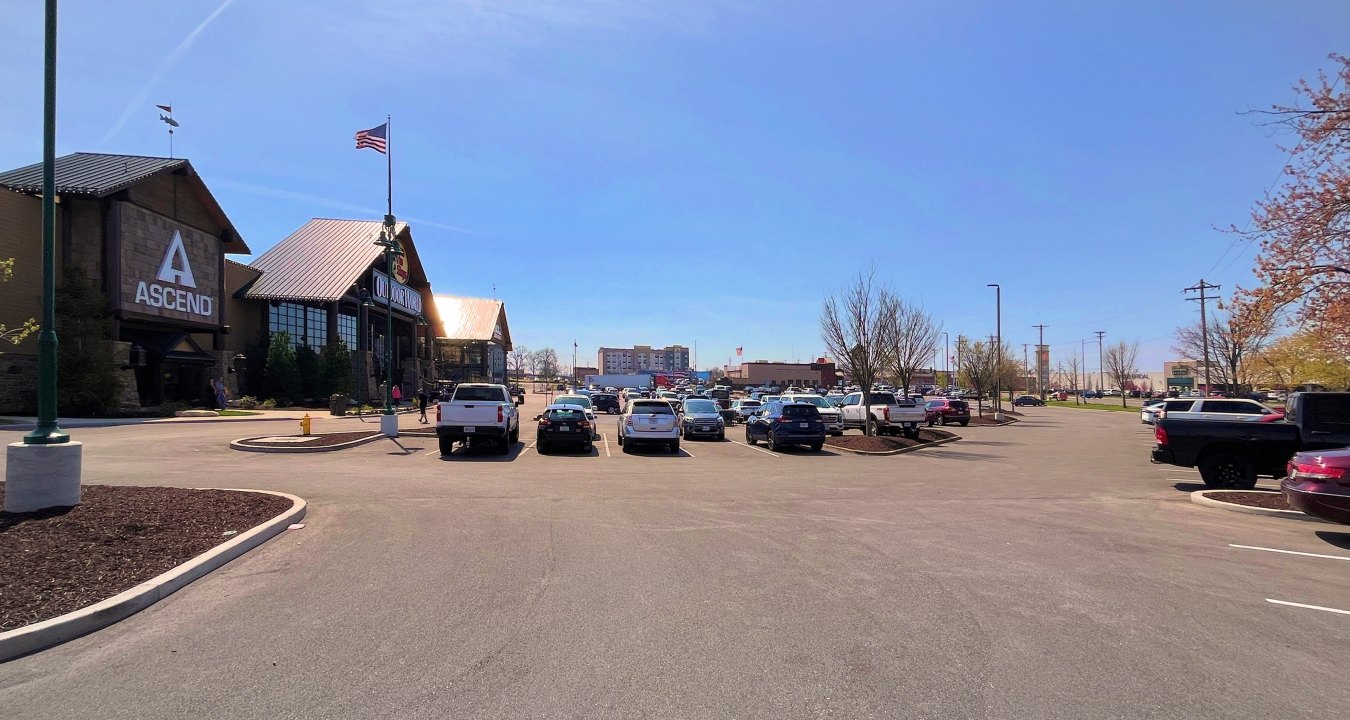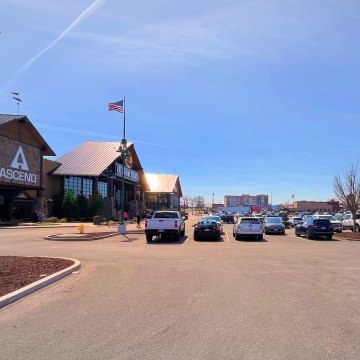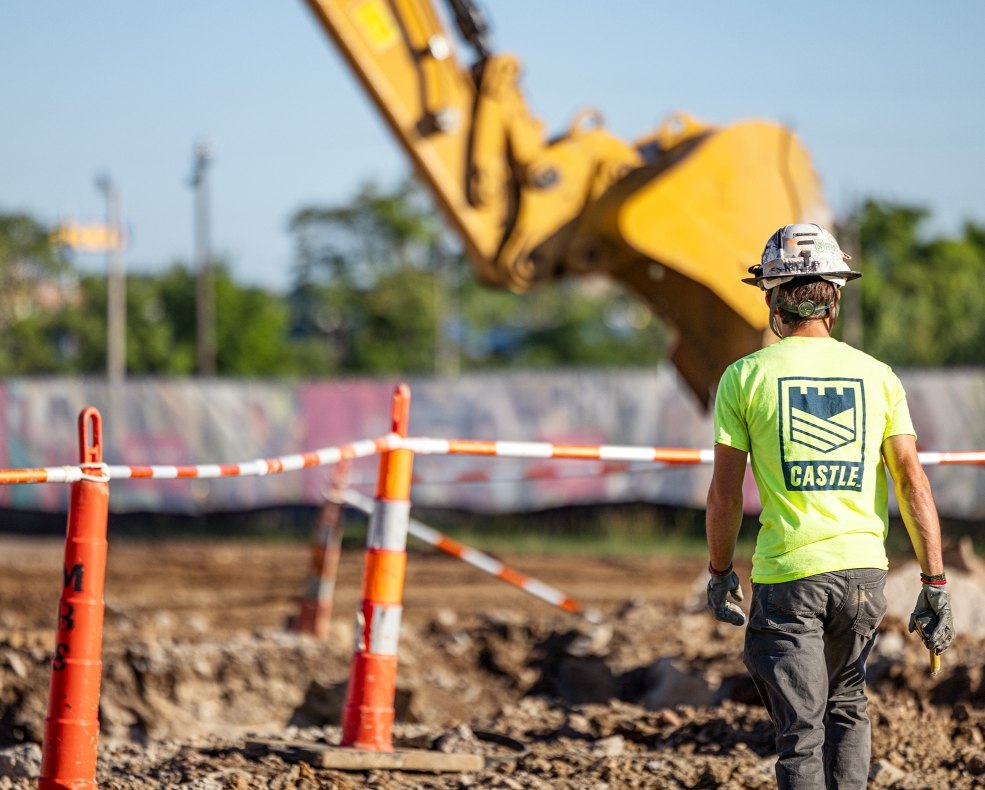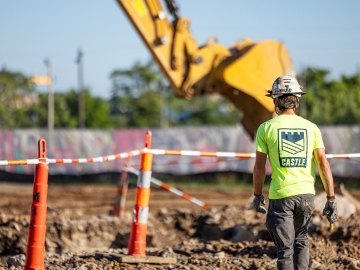Earthwork
Earthwork
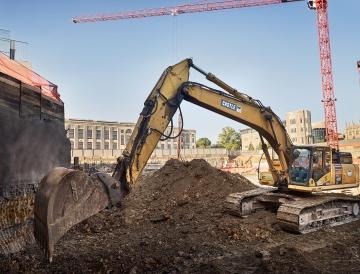
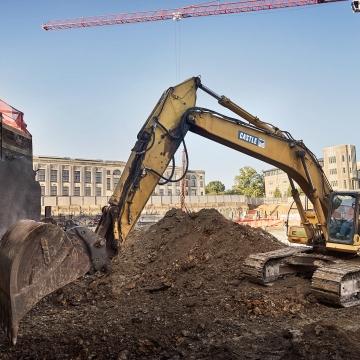
Integrated Earthwork Solutions
Infrastructure, vertical building, or environmental: most construction starts with earthwork. With an experienced civil construction management team, best-in-class craft and extensive fleet, Castle has the expertise to solve your most complex site challenges, achieving clients’ goals for projects of all sizes.
Earthwork Services

Mitigate Risk with a Turnkey Site Partner
Earthwork and utilities are high-risk components of a project, demanding proactive attention early in the project life cycle. Castle serves as a collaborative partner, providing due diligence and potential solutions, and empowering project teams to make informed decisions, minimize risk and plan an efficient, constructable project.
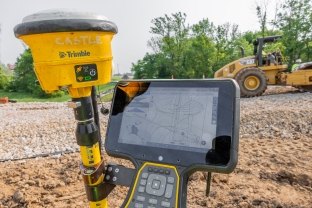
Experience + Creativity = Innovation
Alongside working smarter and safer, our team is always looking for ways to more efficiently put work in place and enhance production. Emerging technology has become a tool of the trade that Castle leverages to continuously improve how we deliver projects.
Featured Projects
Ground Yourself With Castle
Successful projects start with reliable earthwork.

